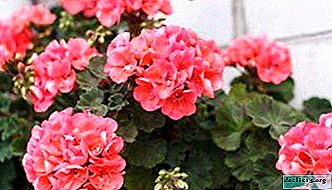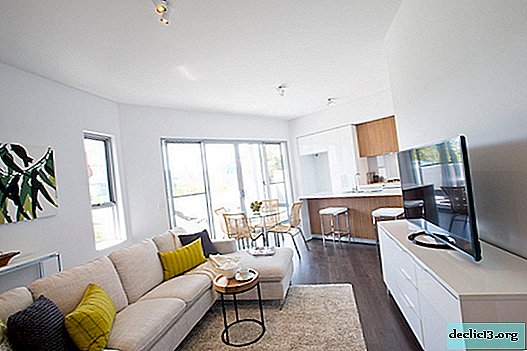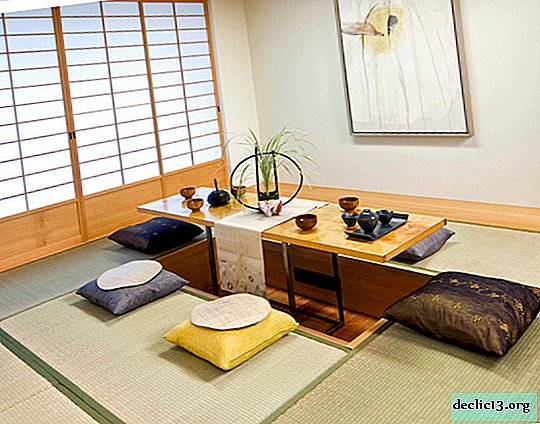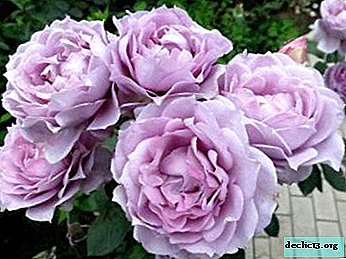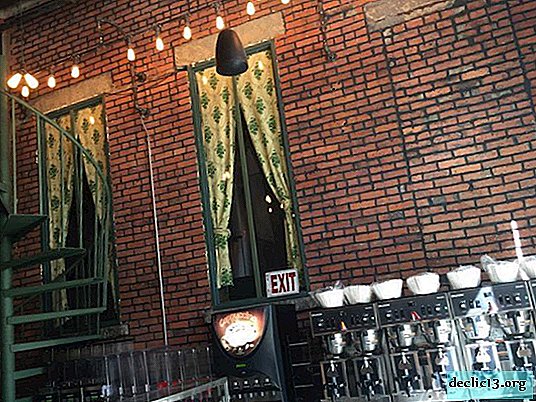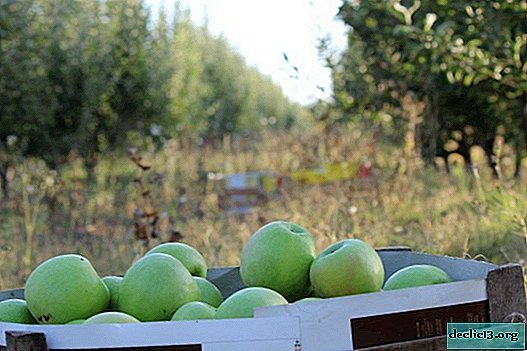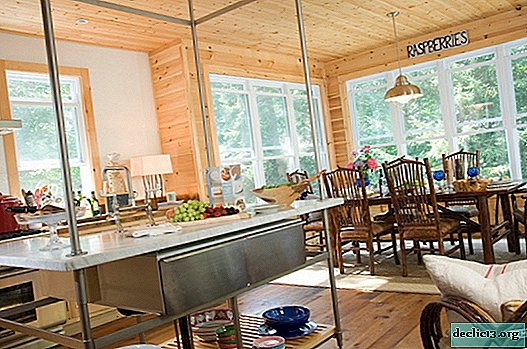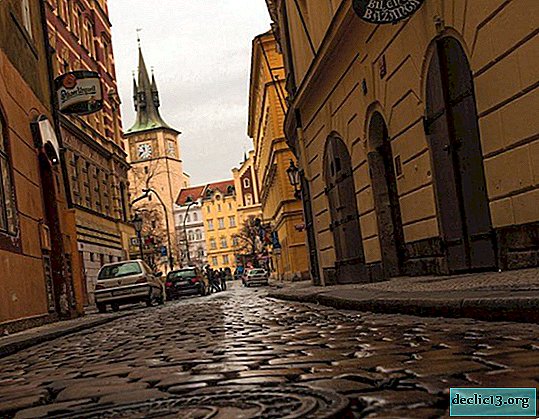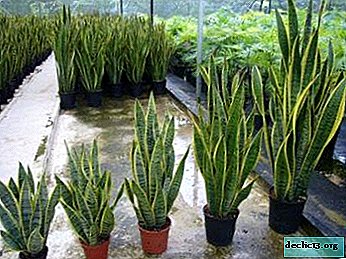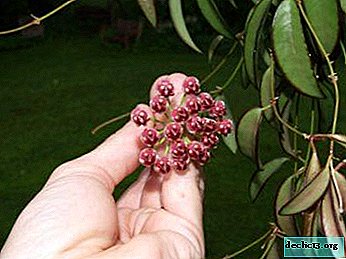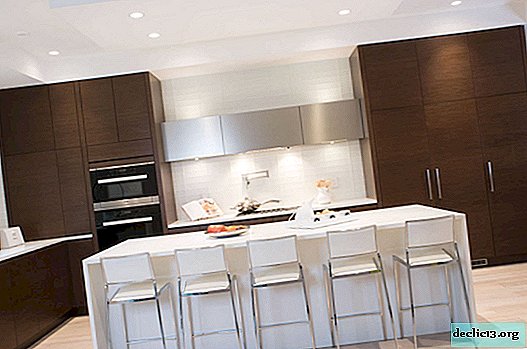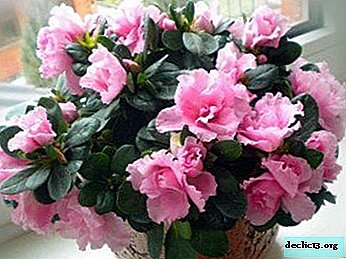Thuja: green gnomes and coniferous giants
For the constancy of color, spicy smell, density and beauty of the needles, they are called the tree of life. It brings the energy of positive, calm and stability to any landscape. Thanks to the luxurious crown, the tree is ready to try on a variety of garden forms, and become the main emphasis in the design of the site.
If Christmas trees and pines are perceived unambiguously in the landscape, the potential of the thuja is not used to the full. Perhaps because traditional species make up the same group, and are lost among conifers. In fact, its breeding varieties include more than a hundred species, and the collection is surprisingly diverse.
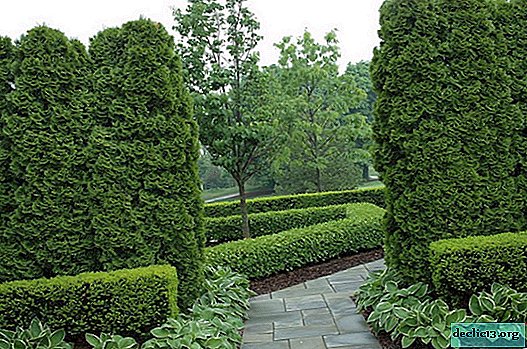

Liliput and giants
Judging by the realities of the latest design projects with the participation of conifers, there has been a tendency towards the dominance of thuja. It is in demand in the planting of spatial niches, hedges, forms the basis of spectacular spiny compositions, and serves as a border for paths. Green landings on the central avenue are allowed to become a bright "cover" of your design, and claim exclusive design.
Since plants are represented in nature by non-format crowns and contrasting parameters, external factors add variety to the decoration. And it is not at all surprising if round yellow-orange balls meet on the way, as if they accidentally rolled out onto a pedestrian path (from 40 to 60 cm) or, on the contrary, slender trees touching the ridge of the house (up to 30 m). The round thuja Globosa is recognized as a classic, and is planted as a duet at the entrance to the house or is the lower tier of trees directed towards the sun, placed along the sidewalk paths.
Interesting in themselves are slowly growing varieties, reaching the required height by only 30 years. Arboreal thuja growing in the northern region, in principle, grow slower than the rest of conifers, and represent a group of dwarf varieties. The low growth is compensated by a lush crown, superior in density to other species, including wild ones.
They create a field for imagination, and provide volumetric forms contrasting with other vegetation. Dwarf arborvitae, planted on a hill or used to frame the alley, focus attention on the scale of diameters. This breed is also in demand when creating a rockery or an alpine hill. Try planting from thuja to supplement Little Gem tree, Nisbet's pine, Korean fir, and the design of the stone barrow seems unusual.

Color nuances
A bushy tree can also spread along the lawn or stand in a dense line. From it it is permissible to “build” a fence as tall as a person or to organize a curb along the ankle of the foot. Ideal for the Kolumna alleys - a beautiful view of a plant with an apex directed upward, forming a continuous column.
There is always room for dwarfs and giants in the decoration, and thanks to the intense color of greenery, yellow-golden needles, bluish shades with spotted spots on the needles, it is really possible to create beautiful plots.

Trees fulfill the function of color delimiters: they resist the merging of natural shades, and complicate their color combinations. For example, to express the charm of the color of the vine silvery and the dignity of the pale blue color of juniper, it is enough to plant thuja nearby. Panoramic perception will become saturated and vivid with a claim to the main position in design.
TIPDo not get carried away with varieties with colored needles, because in the absence of practice in combination, you can get the effect of a vague abstraction. For a better overview, it is better to plant arborvitae in the fall, so that the brightness of the foliage of neighboring plants helps to correctly emphasize. At the same time, do not forget to take into account the fact of seasonal expression of color, which lasts only in a certain time interval.


Unique features of thuja
Having become acquainted with the representatives of the cypress family closer, gardeners-designers will surely cease to ignore the breed. To find out the “portrait” characteristics of breeding breeds a little deeper, let us touch on their features, especially since the trees grown in greenhouses quickly adapt to the sites.
Medium-sized stands are spectacular from the side, and a group of plants falling into the attention lens at eye level creates the impression of a framing frame or a separate picture in a baguette. They are appropriate for green screens, alleys, zoning of the site and the organization of hedges.
Visually not inferior in terms of color and segments with landings in the design of a modest space. With this arrangement, the lower floor of the western thuja will serve as a green background for herbaceous plants. The size of the crown, if necessary, is decided by carefully cutting young shoots and giving them a model shape. The density of the needles is calculated for topiary figures that quickly grow after cutting.



A couple of tips!
- Planting should not be dense due to the rapidly increasing volume of the tops - in 3 years, the rear panorama will be closed after 3 plants. To avoid this situation, you should know the exact parameters of the height of the trees. The free space between them is sown with grassy species or shrubs, like Japanese spirea.
- When selecting undersized shrubs for mixed compositions, in order to preserve the organic landscape, it is worth marking each species in numbers by the number of months. It follows from the duration of the peak of seasonal coloration or flowering, or other decorative aspects. Thus, a bright accent will smoothly shift in time, and each species will receive the dominant baton.
For example, in a white-headed plant, the point of activity is the beginning of autumn. The period is marked by internal luminescence and variegation of scaly needles, losing brightness under the autumn weather.


Compositional Solutions
Add to the bushes such species as:
- "Filiformis" is not a crown format in the form of a ball with an uneven surface, with a meter-tall trunk and shoots hanging by a snake to the periphery, ready to decorate the ceremonial composition.
- Promising young "Bowling Ball" with a round top and pale yellow heather-like needles, which has become a godsend for small gardens and contrasting combinations.
It is trees with average heights that are most often in demand in compositional groups. They are ideal for designing plots in the garden, background support for flower beds and bordering flower beds. "Aurea" - a trunk of 2-2.5 m with a pyramidal or oval crown and intense yellow color or "Cristata" with the same height and branches, similar to a feather of a bird, diversify any panorama.
Combine the spiky rugs of different coniferous varieties, making the leader of the landscape ensemble. So, with the participation of creeping species of juniper (Prince of Wales) and ordinary (Green Carpet), it is permissible to get a beautiful decorative fragment on a retaining wall or elevated area. And the picture with taller "brothers" will be perceived in a completely different way, like a shrubby analogue of Old Gold or Blue Carpet - juniper with scaly chaotically growing branches, creating harmony with a medium-tall thuja.
Any fragment with large trees and creeping analogues of conifers will decorate the landscape. An interesting fact is that designers offer to plant in groups to compete with the lawn.





In the end
Plants are grateful for attention, and at the same time forgive incorrect care. Nevertheless, it should be remembered that cultivars may lose attractiveness, frostbite or dry out. To restore the natural state of the tree, it is often enough to establish watering, shade from the sun, feed the roots, and add medicine with an anti-stress formula.
Thuja perfectly contrasts with gravel dumps, colored pebbles, painted with gravel or cones.
- the brightness of the needles will keep the sun;
- during transplantation, the compacted lump of the earth should not be removed, since the developed root system is compact, and will not complicate the work;
- to maintain their shape, most of the species for the winter are tied with a rope;
- young plants do not tolerate bright rays and require darkening. During frosts they are covered with spruce branches.



